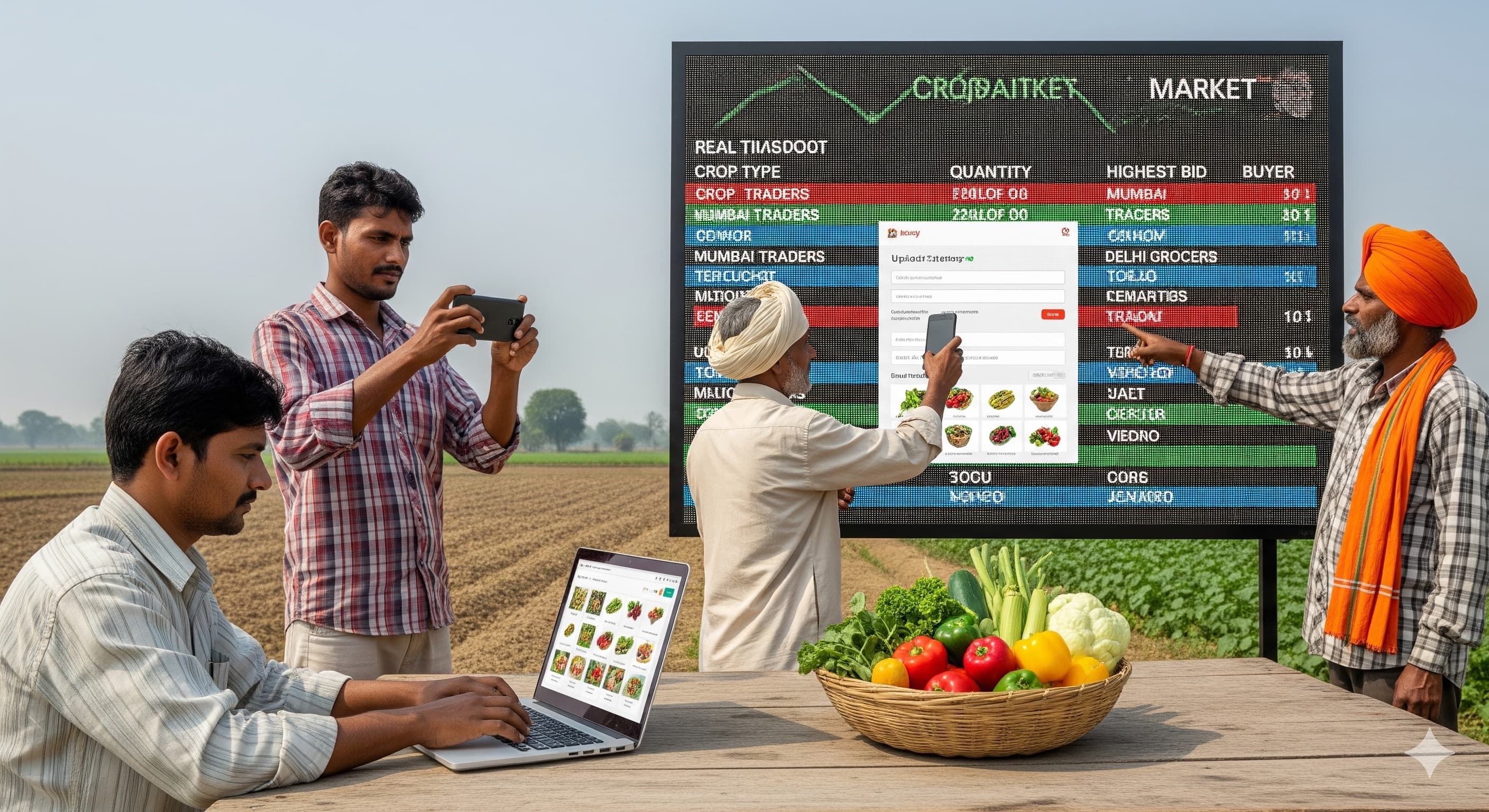
Mission for Integrated Development of Horticulture (MIDH) – Guide for Farmers
Key Features of MIDH
- Financial assistance for production, post-harvest management, and marketing of horticulture crops.
- Subsidies for protected cultivation like polyhouses and net houses.
- Support for micro-irrigation systems such as drip and sprinkler irrigation.
- Promotion of high-density planting and modern orchard techniques.
- Capacity building and training for farmers through extension services.
By providing targeted support, MIDH helps farmers diversify crops, reduce dependency on traditional cereals, and access profitable domestic and export markets.
How Farmers Can Use MIDH
Farmers can benefit from MIDH by taking advantage of subsidies and technical support. Key steps include:
- Identify eligible crops such as fruits, vegetables, spices, and flowers for your region.
- Contact the state horticulture department or district office to obtain scheme guidelines and subsidy details.
- Submit an application with land records, crop plan, and identity documents.
- Install approved infrastructure like greenhouses, polyhouses, or drip irrigation systems with certified vendors.
- Maintain proper records and invoices to ensure subsidy reimbursement and future eligibility.
MIDH also provides technical support and training for modern horticulture techniques, helping farmers maximize yield and quality.
Benefits of MIDH for Farmers
The scheme enables farmers to increase per-hectare income through high-value horticulture crops. Reduced post-harvest losses, better quality produce, and improved marketing channels ensure higher returns. Small farmers and FPOs can leverage collective marketing to access larger markets and export opportunities. Additionally, MIDH encourages sustainable practices like water-saving irrigation, organic cultivation, and integrated pest management.
By combining MIDH with other government schemes like PM-KISAN, PMFBY, and AIF, farmers can access financial support, insurance coverage, and infrastructure development simultaneously, creating a comprehensive growth plan for their farms.
Official Resources
Farmers can visit the official MIDH portal for application forms, state-specific guidelines, and beneficiary lists. Local horticulture offices provide on-ground assistance for submission, verification, and subsidy approval.
Other Blogs

Farmers, Traders, and Buyers: The New Age Connection in Agriculture

Digital Mandis: How Technology is Transforming Indian Agriculture

Why Local Agricultural Platforms Matter for Rural Growth

Agriculture Trading Made Simple: Benefits of Connecting Directly

The Rise of Digital Platforms in the Indian Agri-Market

Building Trust in Agriculture: Why Transparency Matters

Connecting Farmers and Traders: A Win-Win for Everyone

How Online Mandis Are Reshaping Agricultural Trade

The Role of Technology in Strengthening Agriculture Supply Chains

Kisan Credit Card (KCC) & Modified Interest Subvention Scheme (MISS) – Guide for Farmers

Rashtriya Krishi Vikas Yojana (RKVY) – Complete Guide for Farmers

Mission for Integrated Development of Horticulture (MIDH) – Guide for Farmers

Agriculture Infrastructure Fund (AIF) – Complete Guide for Farmers

Pradhan Mantri Fasal Bima Yojana (PMFBY) – Complete Crop Insurance Guide

Complete Guide to PM Kisan Samman Nidhi Scheme for Indian Farmers

PM KUSUM Guide for Farmers